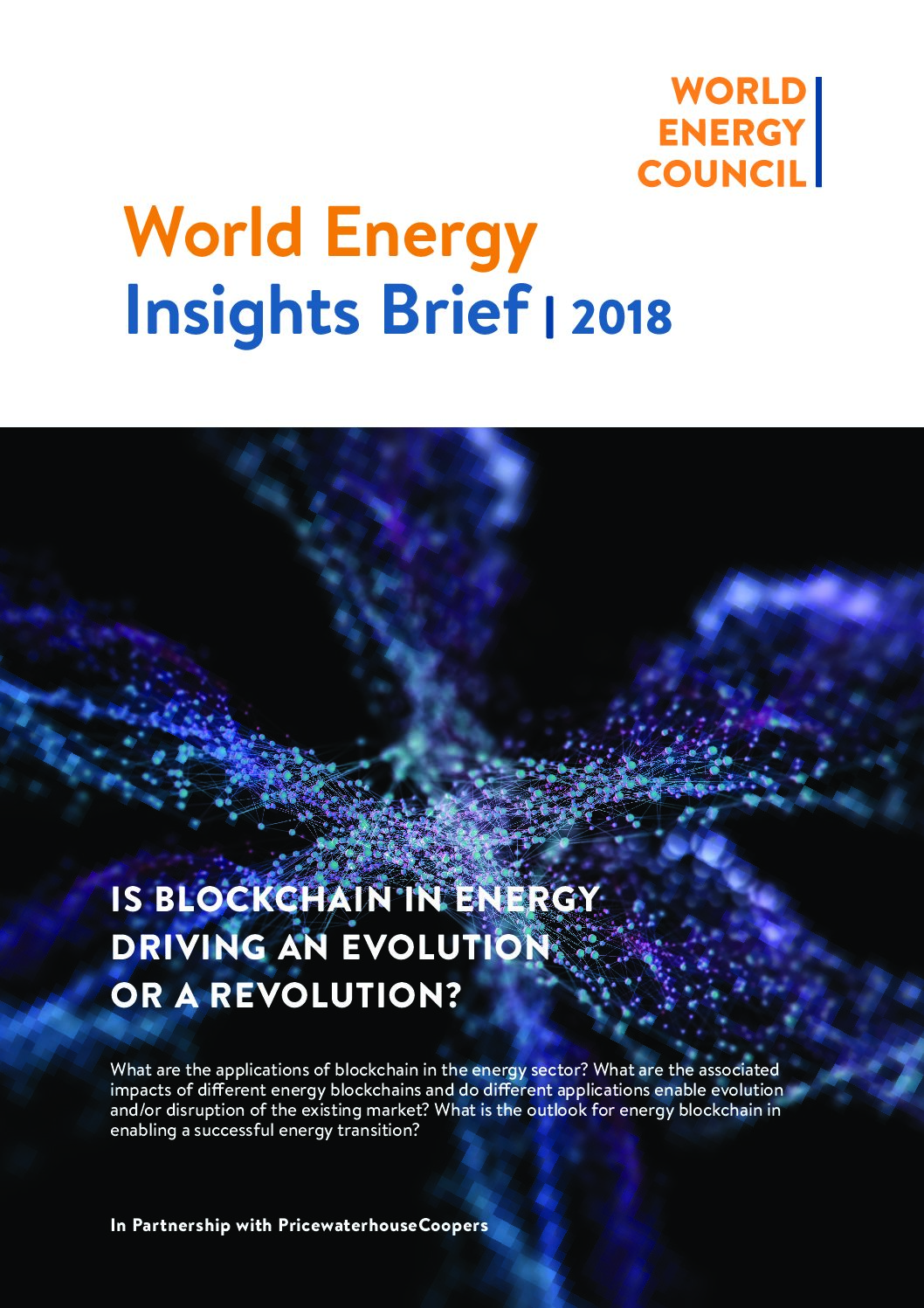
INTRODUCTION
The use of blockchain technology within the energy sector (“energy blockchain”) is emerging as a key strategy and focus area for modernisation of the industry. As a distributed ledger technology (DLT), blockchain provides a platform for the management and transaction of high-value data. Unlike other DLTs, however, blockchain is “trustless”1, requiring no intermediaries and, thus, it brings the potential to catalyse the existing business processes as well as a reduction of the overhead costs and level of complexity embedded in the current energy ecosystem.
Utilising blockchain technology to optimise the existing practices of the energy sector through asset traceability applications and other behind-the-scenes technology upgrades are obvious choices for the energy sector. It will not be surprising to see such applications appear soon on the horizon. The open question about blockchain is, can it revolutionise the way residential consumers consume and receive electricity?
The intent of this anthology is to showcase what the different companies and participants engaging with emerging blockchain technology are aiming for and what progress has been made to date with their applications. We can also leverage their insights to gauge blockchain’s impact on the sector.
KEY INSIGHTS
Based on the 39 interviews, a clear majority (85%) of participants agreed that blockchain has not yet attained a commercially tangible impact, though it has certainly been spurring the efforts and investment of many stakeholders across the energy sector. The majority also agreed that energy blockchain has not yet led to changes in business models nor enabled a clear shift from the traditionally centralised electricity grid.
